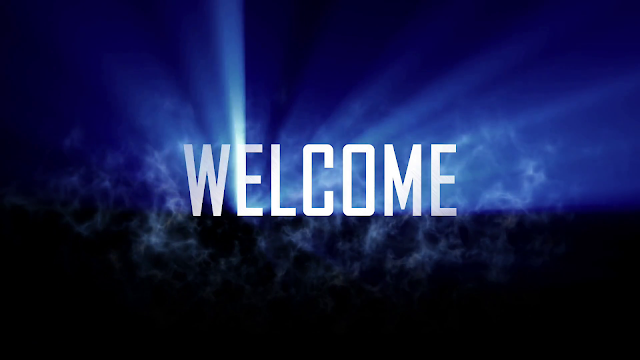RESEARCH: Art of the Title: Stranger Things
The title sequence starts with a synth wave, which was popular in the 1980s film and music industry, and shows the first credit saying 'A Netflix Original Series'. This helps to establish who has created the series. The very slow tracking shots as the titles comes together draws attention to the credits and creates suspense. This also illustrates the genre of the series, which is a thriller/ horror. The colours of the main title sequence are stereotypical of this genre and the historical context behind the series.
The show’s main titles function as a tribute to some of the era’s most iconic book covers and title sequences. This is effective as it evokes a period and genre to the audience. Furthermore, during the title sequence, the text comes together almost like a puzzle which correlates to how the plot has many twists and turns, when the letters cross over each other, in which come together at the end, or does it? The contrast, in font and size, between the white credits and the red credits allows the viewer to read and understand which of the credits corresponds to the main title sequence (red) and the subtitles (white). The red colour of the main title sequence could be a symbol of blood and gore, which is a reoccurring element throughout the episodes. Linking the colour to the black background, it can connote the feeling of mystery and evil that is a reoccurring feeling throughout the episodes. Also it can link to the idea that a darkness is always around and the possibility of there being a different world, which in the series is called 'The Upside Down'. I like this as it allows the viewer to depict what the evil actually is and why it is there.
Also, the music help to amplify an eerie atmosphere and allows the viewer's mood to be anxious and uncomfortable. Throughout the title sequence, the music is in sync with credits and frames, so that when the is the bass is stressed/ louder, the frame changes. It can connote how each episode is its own piece of the puzzle, of the storyline. The different lettering in the frame's follow the historical context of the time period and illustrates the traditional design. I love the opening title sequences as I feel it shows the representation of the power of type in motion and how it influences nostalgia.





No comments:
Post a Comment